Recently discovered archives of a pseudo-scientist -- some say a huckster -- who made a living digging up Native American bones could change the understanding of early life on the island.
See story
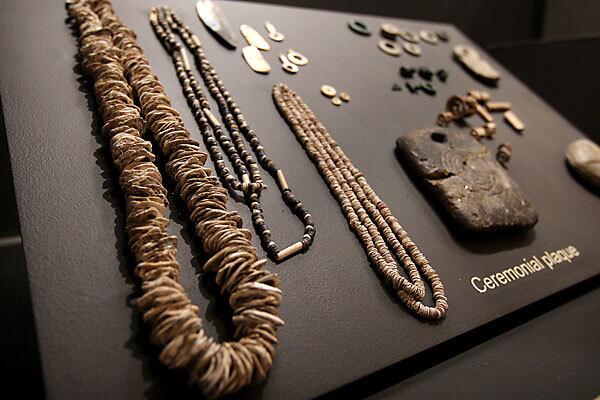
Ancient necklaces and other artifacts of prehistoric Tongva tribal members who once lived on Catalina are displayed in the Ralph Glidden exhibit at the Catalina Island Museum. (Christina House / For the Los Angeles Times)
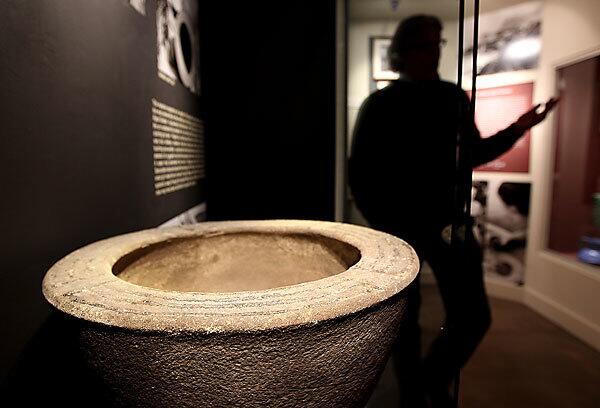
Michael De Marsche, executive director of the Catalina Island Museum, stands near an urn found by Ralph Glidden. (Christina House / For the Los Angeles Times)
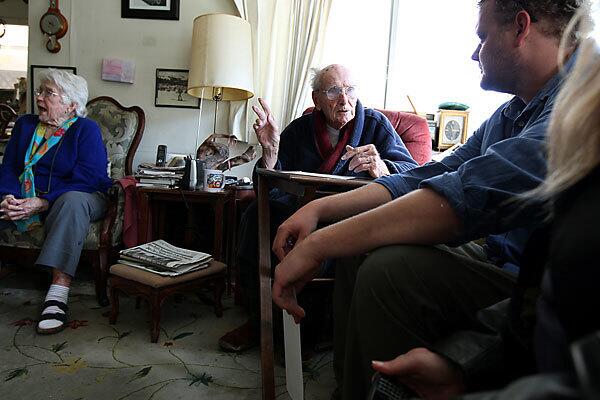
Jeanne Hill, left, and her husband, Bill Hill, center, tell John Boraggina, curator of the Catalina Island Museum, and Wendy Teeter, curator of archaeology at UCLA’s Fowler Museum, about their visits to Ralph Glidden’s museum on Catalina before it closed in 1950. “It was scary, very scary,” Jeanne Hill recalled. “Bones piled up all over the place. One skull had a light on in it.” (Christina House / For the Los Angeles Times)
Advertisement
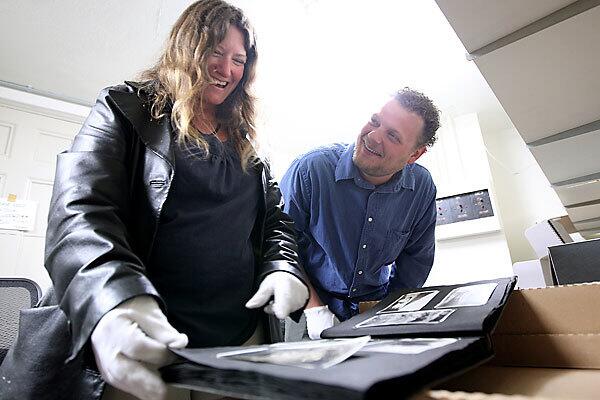
Wendy Teeter, curator of archaeology at the Fowler Museum, left, and John Boraggina, curator of the Catalina Island Museum, marvel at the trove of newly discovered documents produced by the mysterious pseudo-scientist Ralph Glidden. (Christina House / For the Los Angeles Times)
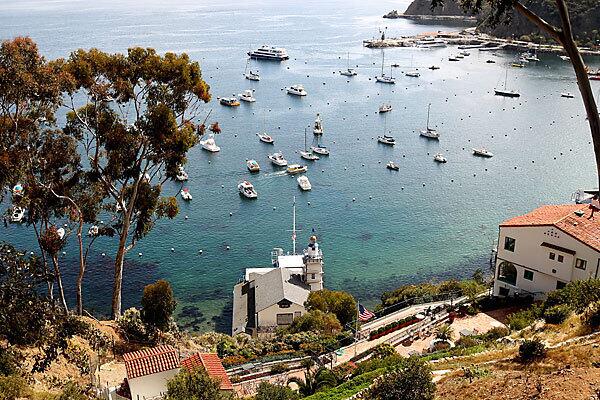

![Vista, California-Apri 2, 2025-Hours after undergoing dental surgery a 9-year-old girl was found unresponsive in her home, officials are investigating what caused her death. On March 18, Silvanna Moreno was placed under anesthesia for a dental surgery at Dreamtime Dentistry, a dental facility that "strive[s] to be the premier office for sedation dentistry in Vitsa, CA. (Google Maps)](https://ca-times.brightspotcdn.com/dims4/default/07a58b2/2147483647/strip/true/crop/2016x1344+29+0/resize/840x560!/quality/75/?url=https%3A%2F%2Fcalifornia-times-brightspot.s3.amazonaws.com%2F78%2Ffd%2F9bbf9b62489fa209f9c67df2e472%2Fla-me-dreamtime-dentist-01.jpg)





